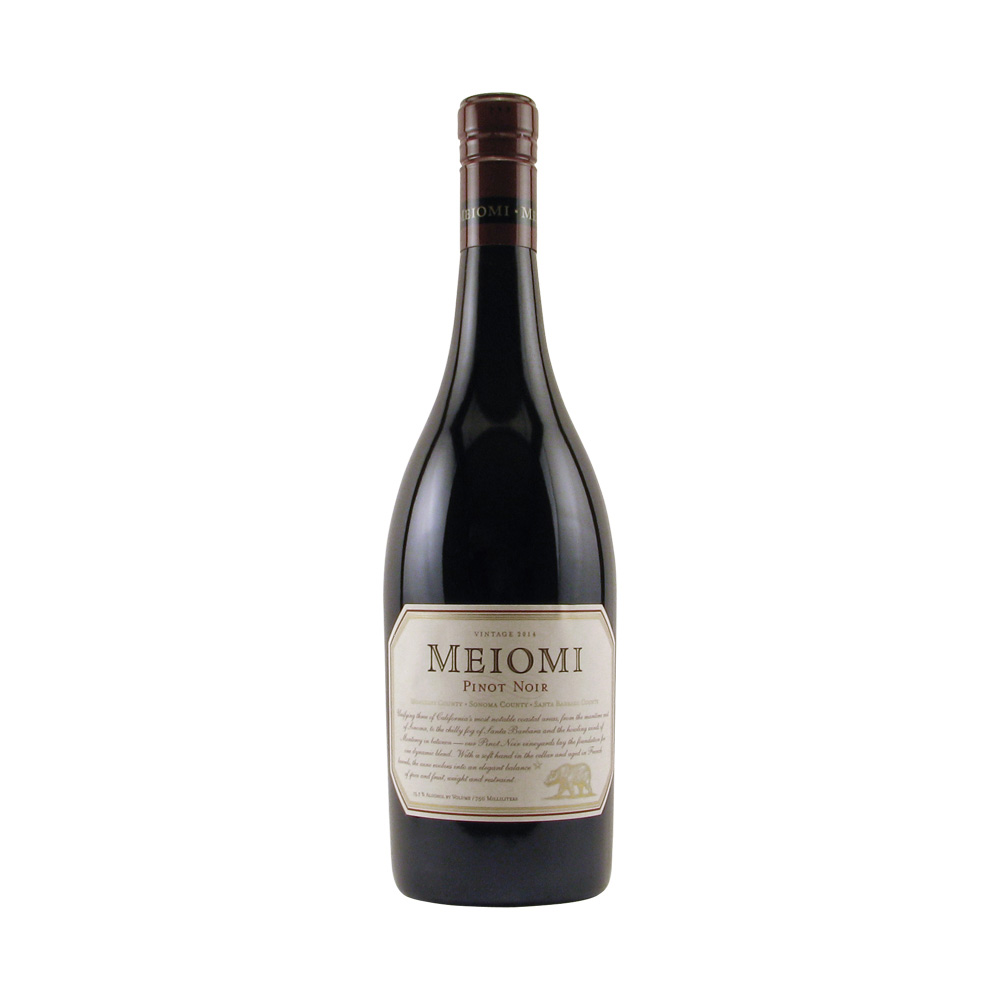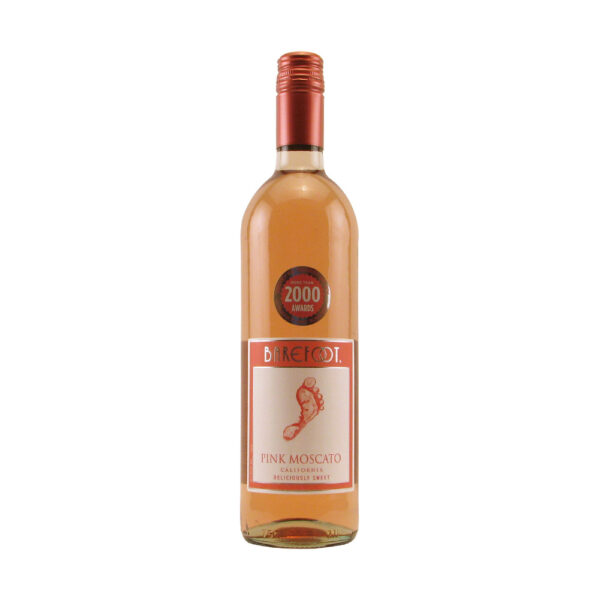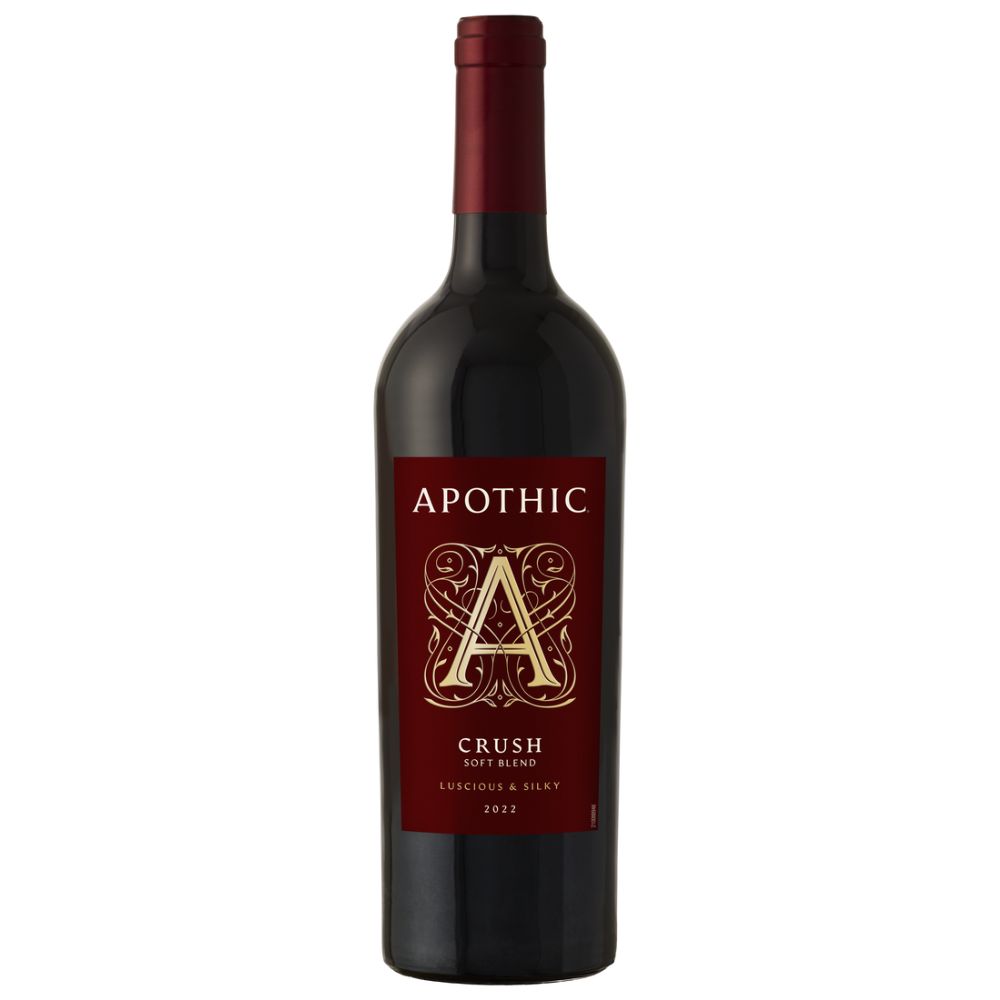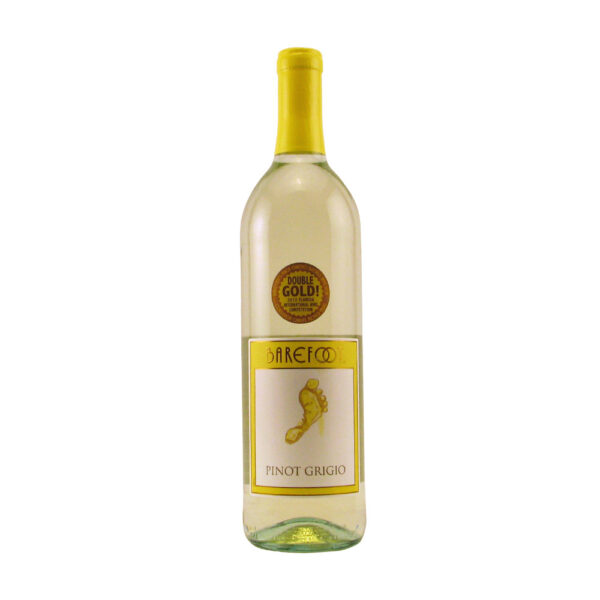Description
Meiomi Pinot Noir 750ML
Meiomi Pinot Noir is a ruby red color that opens and reveals luxurious and wonderful fruity aromas of red berries, jammy fruit, mocha, and vanilla with oak notes. The oak integrates perfectly by providing structure and depth which isn’t commonly seen in Pinot Noir.
Considered complex to the palate, it’s full of smooth, layers of rich red currant notes and baking spice flavors with a light smoke earthy leather. Keeping it balanced, a velvety texture and supple tannins carry the wine through to a lingering, succulent finish.
if you’re not the biggest red wine lover, this is a refreshingly and surprising wine to win you over. ( If you haven’t been won over already)
Meiomi (May-OH-mee), is from the California Wappo Tribe, it means “Coast”. Each of the vineyards chosen for Meiomi offers the best expression of their appellations along the California coast: a layered blend of Santa Barbara’s spice-filled aromas; Sonoma’s bright berry flavors; and Monterey’s rich textures. The wines are carefully crafted so that these characteristics continue to enhance and build on each other for an evocative and memorable Pinot Noir.
Meiomi Pinot Noir Notes To Your Senses:
- TASTE: Complex, semi-dry, smooth, and rich flavors combined with velvety texture, supple tannins, and cherry earthy tones give a finish of a longing desire for more
- AROMA: Fruity strawberry, raspberry notes, jammy like fruits, vanilla, and spiced oak
- APPEARANCE: Rich garnet, ruby red in color
- ABV: 13.7%
- PAIRING: Cheese plate, steak, roasted pork with herbs, and sweetbreads
Pinot Noir:
A French origin in the name that is a red wine grape variety. Grown around the world, it’s mostly from cooler climates and is highly associated with the Burgundy region in France. Other regions have gained a reputation such as Russian River AVAs of California, Valley of Oregon, South Africa, and South Australia.
Pinot Noir is known for its difficult variety to cultivate and transform, however, it doesn’t stop winemakers. The thin-skins and low levels of phenolic compounds cause this grape to produce lightly colored, medium-bodied and low tannin wines. Basically, it can cause uneven, and unpredictable aging.
Young wines tend to have red fruit aromas of cherries, strawberries, and raspberries. When it ages, it can develop into a more vegetal and “barnyard” aromas which contribute to the complexity of the wine.
Red Wine:
Bringing out the best aromas and flavors of red wine can be achieved through the correct storage of temperature, generally between 50 to 55 degrees. Of course, this is a general rule of thumb as it depends on the grapes used when producing wine. There are so many health benefits due to the tannin. Procyanidins are a type of condensed tannin that is found in green tea and dark chocolate. Speaking of health young red wines are better than old as they have more tannin. However, as red wine ages, they become lighter. Very old wines are translucent and pale.
Vitis vinifera originating from Eastern Europe makes up most of the common varieties of red wine. The aromas of red wine come from grapes only. Cherry, berry, jam, and herbs are all from fermented grapes and wine aging in oak barrels. Pretty simple for such a rich, complex, and tasteful wine!
California:
California makes about 90% of all American wine, while it has been harvesting grapes since the 18th century. It’s the fourth largest producer in the world due to its abundance of fresh ingredients and diverse soils, it attracts the most renowned chefs and sommeliers from around the world. Although Chardonnay is the most popular wine in the sunny state of California, Cabernet Sauvignon, Merlot, White Zinfandel and Pinot Grigio are a handful of other favorites.
During the prohibition area, Zinfandel was the wine grape that survived! The winemaker community always follows sustainable winegrowing practices and make sure to produce wine that is environmentally friendly. Don’t worry about the California drought every year, the annual rainfall of wine regions north of San Francisco and in southern regions receive adequate, fresh, rainfall.
Master Sommelier Little Known, Big Facts:
- The color of wine depends on the fermentation extracts using skin, like Red wine as compared to white wine, leaving the skin behind
- The oldest bottle of wine dates back to A.D. 325; it was found in Germany inside two Roman sarcophaguses
- The worst place to store wine is usually in the kitchen because it’s typically too warm, in refrigerators, their warmest setting can be too cold
- Richer heavier foods usually pair well with richer, heavier wines; light wines pair with lighter foods
- Generally, a vintage wine is a product of a single year’s harvest, not when the wine is bottled
- A “dumb” wine refers to the lack of odor while a “numb” wine has no odor and no potential of developing a pleasing odor in the feature
- If a server or sommelier hands you a cork, don’t smell it, look for the date or other information ( mold, cracking, or breaks)
- Tannin is a substance that tingles the gums when you indulge your palate with a sip of wine, it’s an excellent antioxidant
- Smell is by far the most important sense when it comes to drinking wine
- Wine was first developed in Mesopotamia, not France
- French wines are labeled following the soil on which they are produced, not according to the grape used
- When chilling wine, adding salt to ice will cool it down faster
Warnings:
You must be 21 or over to purchase this product
Instructions:
serve chilled or at room temperature






Reviews
There are no reviews yet.